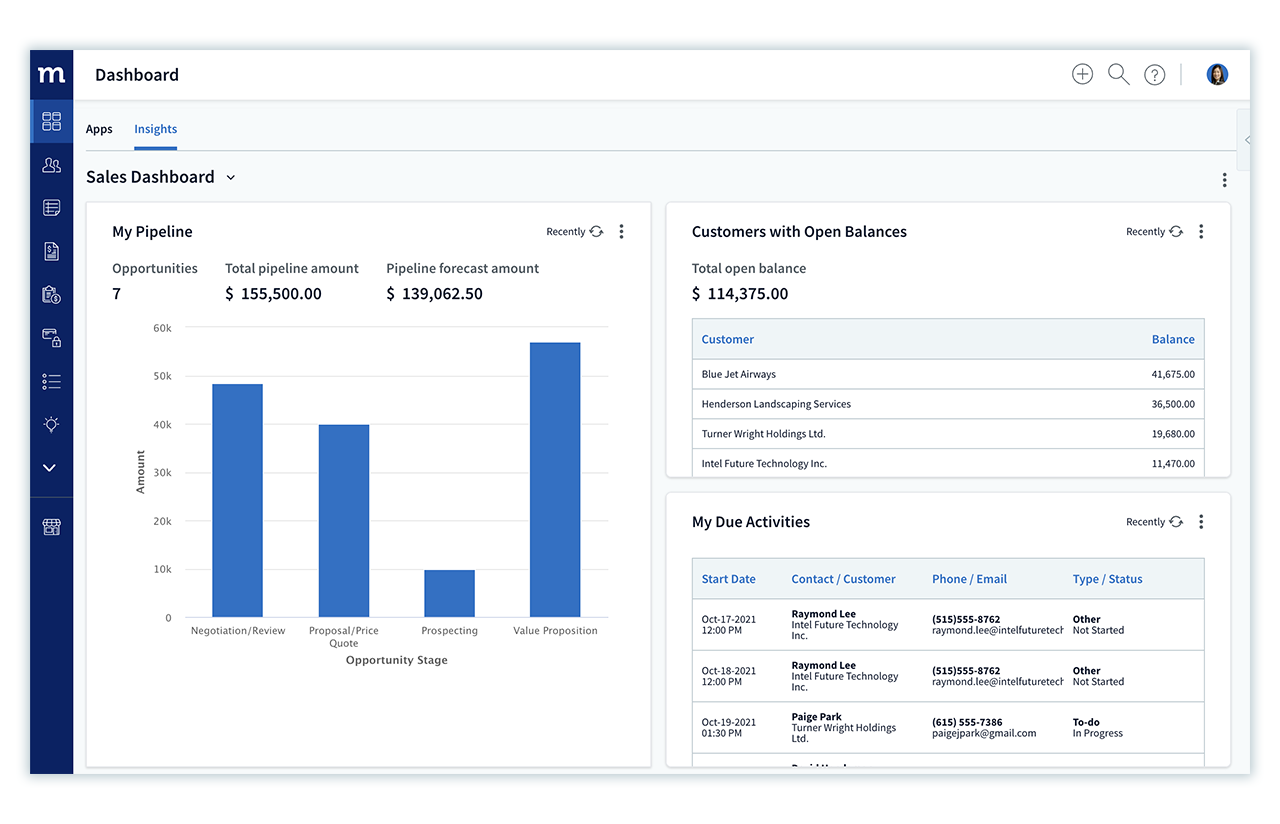No matter your business, closing deals isn’t just part of the job — it’s the heartbeat of your success. But have you ever taken a step back to evaluate just how effective you are at turning prospects into customers?
Improving your sales close rate goes beyond simply winning contracts. It’s about fine-tuning your process, reflecting on each interaction, and identifying areas for improvement.
In this article, you’ll learn effective sales strategies outlining how to improve sales close rate — and why tracking this metric is crucial for your growth.
So, grab a cup of coffee, and let’s explore how you can elevate your sales game!
What is a close rate?
A close rate measures the percentage of sales opportunities, leads, or prospects that result in a successful sale or agreement. This metric is essential for assessing how effectively a business converts prospects into customers. It also plays a key role in evaluating the success of sales strategies and forecasting future performance.
Close rate vs. win rate
Close rate and win rate are related, yet distinct. The close rate measures the percentage of all opportunities that are converted into sales. Conversely, the win rate is more specific, focusing on the percentage of closed deals that result in a successful sale or agreement (won deals).
Close rate vs. conversion rate
Unlike the close rate, which measures the rate at which you’re turning sales opportunities into actual sales, the conversion rate measures the percentage of qualified leads that take a desired action, such as:
- Filling out a form.
- Scheduling a demo.
- Starting a free trial.
How to calculate your close rate
You can calculate your sales close rate by dividing the number of closed deals by the total number of sales opportunities created over a specific period.
The formula looks like this:
Close rate (%) = (Number of closed deals / Total number of sales opportunities) × 100%
For example, if your business closed 25 deals from 100 sales opportunities in one week, the close rate for that week would be:
(25/100) * 100% = 25%
What is a good closing rate?
Close rates naturally fluctuate across industries, influenced by factors like:
- Competition.
- Product complexity.
- Customer needs.
- Seasonality.
- Market trends.
- Economic climate.
However, a close rate of 20% to 30% is commonly regarded as a desirable target.
This means that successfully closing two to three deals out of ten pitches presented is typically viewed as strong sales performance.
Why it’s important to track your close rate
Tracking your close rate generally helps you evaluate and improve your sales performance. More specifically, it can assist you:
- Forecast sales more accurately.
- Evaluate your sales reps’ performance.
- Improve your sales funnel.
- Refine your product strategies.
- Make data-driven sales decisions.
- Compare your performance with industry benchmarks.
How to improve sales close rate: Top strategies
Master your customer relationships
In learning how to improve sales close rate, you must focus on how you manage customer relationships. Mastering the cultivation of these relationships is a top sales strategy that can help you foster loyalty, trust, and advocacy — transforming transactions into long-term business relationships. The following tips can get you started.
Understand your audience
Building a relationship with your customers begins with understanding your target audience. This involves gathering insights into their needs, preferences, behaviors, and motivations. These insights will, in turn, help you generate high-quality leads and nurture them through your sales pipeline.
Establish strong connections
Recognize and value the individuality of each customer or prospect and treat them accordingly. To build strong connections with your audience:
- Build rapport by creating common ground and shared interests.
- Demonstrate empathy by showing understanding and acknowledging perspectives.
- Earn trust by proving reliability and expertise.
- Tailor interactions and solutions to personal tastes and needs.
- Provide added value with insights, education, and support.
Practice active listening
Active listening is about fully concentrating on and understanding the customer’s message, needs, or pain points. You can then respond with the right message, offer, or product, which will ultimately improve your sales close rate.
Use effective communication strategies
Effective communication is the backbone of successful sales interactions and can improve your sales close rate. Many businesses and sales teams have achieved substantial success with the following strategies.
Highlight value propositions
Clearly articulate your product/service benefits, emphasizing how they address customer needs and pain points.
Craft compelling messages
Clearly articulate your product/service benefits, emphasizing how they address customer needs and pain points.
Ask thought-provoking questions
Develop and share concise, engaging narratives about your product or service that resonate with your target audience.
Show product knowledge and industry expertise
When you demonstrate in-depth product knowledge and industry expertise, you’ll build credibility and trust with customers. It’s also an avenue to effectively address customer issues, provide valuable insights, and drive sales. But how exactly can you showcase product knowledge?
Become a subject matter expert
Your first step is to know your business, industry, and related topics like the back of your hand. Start by mastering your product or service’s:
- Features.
- Benefits.
- Applications.
Then, keep tabs on industry trends, challenges, and innovations. And remember: it’s a journey of lifelong learning and passion for your subject.
Focus on customer outcomes
By prioritizing the results that matter most to your customers, you’ll make your knowledge sharing more relevant and impactful. Analyse customer experiences and share success stories effectively to resonate with your audience.
Handle sales challenges with tact
Tackling sales challenges is about understanding the potential customer’s perspective and addressing their concerns without being pushy. By focusing on adding genuine value and maintaining integrity, a salesperson can turn objections into opportunities for deeper engagement and trust-building. Consider adopting the following sales tips.
Address objections proactively
Before you hop on those sales calls, prepare responses to common objections and integrate them into your pitch. That will allow you to guide the conversation towards a positive outcome and demonstrate your commitment to providing value.
Stand your ground
You may be tempted to retreat at the first pushback from potential clients. Don’t. Show confidence in your product or service and address objections assertively yet politely. Also, remain flexible, offering alternatives and compromises to find mutually beneficial solutions.
Leverage technology and continuous improvement
Technology offers speed, efficiency, and real-time updates that can help you improve your sales close rate in a short time. Tap into that superpower. Here’s how you can do just that:
Utilize sales tools
Using the right tools can make all the difference in the dynamic world of sales. From CRM software that centralizes customer information, to AI-powered tools that predict sales trends, the options are vast and varied. Check out an example of Method CRM‘s sales dashboard below.

Refine your approach
Don’t be afraid to adjust your approach. You should regularly:
- Evaluate your sales strategy.
- Identify areas for improvement.
- Make targeted changes.
Prioritize follow-ups and relationship-building
Your sales cycle doesn’t end with a purchase. With prompt follow-ups, you can stay top of mind and maintain each customer relationship, opening possibilities for repeat business and more closed deals. The following tips come in handy:
Implement thorough follow-up procedures
Start by setting clear objectives and goals for the follow-up process. Then, create a detailed plan, including specific timelines and communication methods. Ensure you have a system in place for tracking progress and feedback. Regularly review the procedures to identify areas for improvement and adjust as necessary.
Establish clear action plans
An action plan transforms your goals into actionable steps that can be easily followed and tracked. Draft as many plans as needed for the objectives and goals you have set. They will give your team clarity and direction for better collaboration and accountability.
Seek referrals
Identify and reach out to clients who can advocate for your services or products. Ensure you ask for referrals naturally and at the right time, such as after a successful project completion or when a buyer expresses satisfaction. Additionally, offer incentives and make it easy for people to refer you, whether through social media or email.
Improve your sales close rate with Method CRM
When it comes to improving your sales close rate, using the right tools can make all the difference. If you’re a QuickBooks or Xero user, Method CRM is designed specifically to help improve your sales process through automation and customization.
With Method, you can track every interaction and get data-driven insights that make it easier to see how to improve your sales close rate. Remove friction points between you and your customers and get paid faster and more reliably with tools like:
- Instant estimates and invoices.
- 24/7 self-serve customer portals.
- Digital approvals and payments.
- Automated email campaigns and follow-ups.
Ready to get started? Start improving your sales close rate today with your free trial of Method.
How to improve sales close rate FAQs
What is the average sales close rate?
While the average sales close rate across industries is roughly 20%, the figure varies significantly by industry. For instance, software companies close deals at a rate of 22%, while biotech firms average 15%. Notably, top-performing organizations achieve impressive close rates of around 30%.
What is the sales closing ratio formula?
The sales closing ratio formula looks like this:
(Number of Closed Deals ÷ Number of Sales Proposals) × 100% = Closing Ratio Percentage.
How do you fix slow sales?
To address slow sales effectively, implement multiple strategies that focus on understanding customer needs, improving marketing efforts, and enhancing the overall customer experience.





